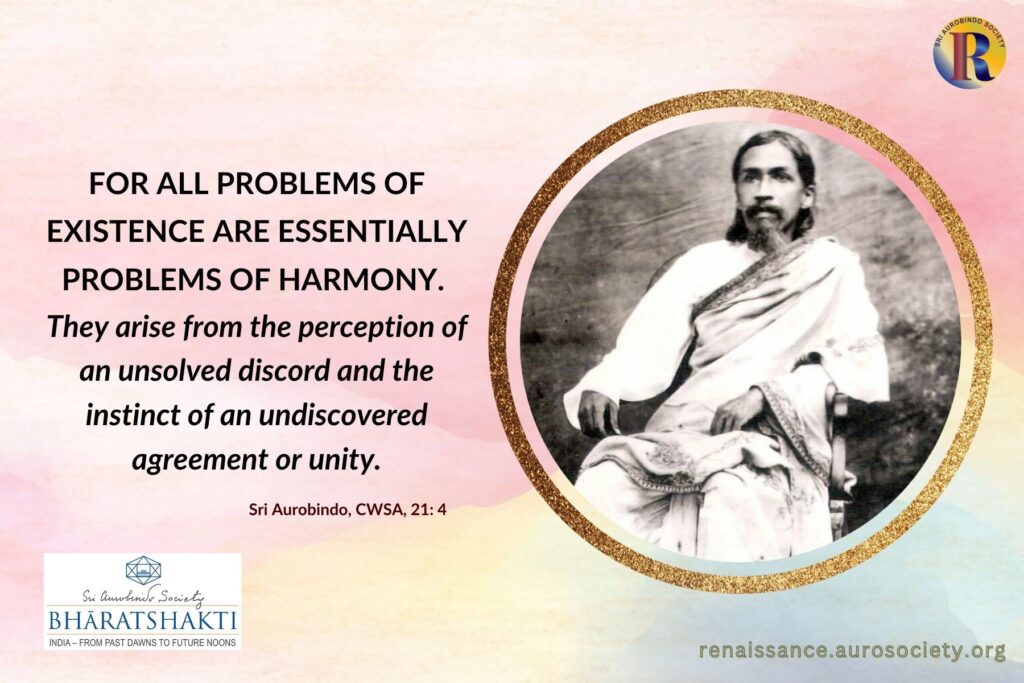Vol. III, Issue 5
Author: Rajeshwari
Continued from Part 11
We saw in earlier posts, how our traditional practices derived from ancient wisdom guide us to lead a diseases-free life. Yatra to sacred abodes of deities is one such form of spiritual activity. Our ancestors did not institute this tradition only so that people would visit sacred places and temples.
By adding other regimens such as vratams accompanied by physical and mental discipline before and during the yatra, they ensured that the yatris were physically fit, mentally energised and spiritually uplifted – a complete overhaul of our systems!
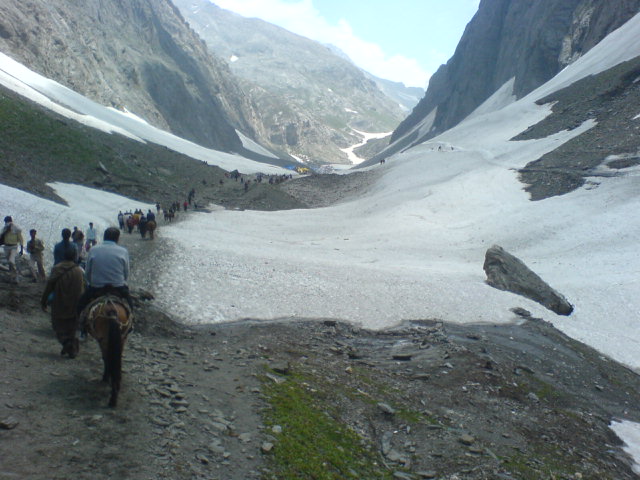
Most people are aware of the famous yatras that have gone on over millennia like the Char Dham, Kailash-Mansarovar, Vaishno Devi and Amarnath yatras, there are also many smaller yatra circuits. Some of them are region-specific and are not much known outside the region. It is notable that these yatras were all done on foot in olden days, though many people use various means of transport in modern times.
In the previous part I had written about the Pandharpur wari and how the warkaris run the last lap to the Vithoba temple. But have you heard of a yatra, where the devotees literally run to 12 Shivasthalams, covering 100 odd kilometers within 24 hours?
Shivalaya Ottam
This unique ‘running’ yatra is known as Shivalaya ottam, which literally means running to Shiva temples. It starts in the morning of chaturdashi and the devotees run through day and night of Shivaratri to reach the final abode of Shiva before dawn. The yatra starts at the Shiva temple at Munchirai-Thirumalai and ends at Shakaranarayana temple at Thirunattalam. Observing complete upavas and jagran through Shivaratri, walking and running by turns on barefoot, they end their vratam with the darshan of Hari and Hara at the Shankaranarayana temple, where both the deities are side by side.
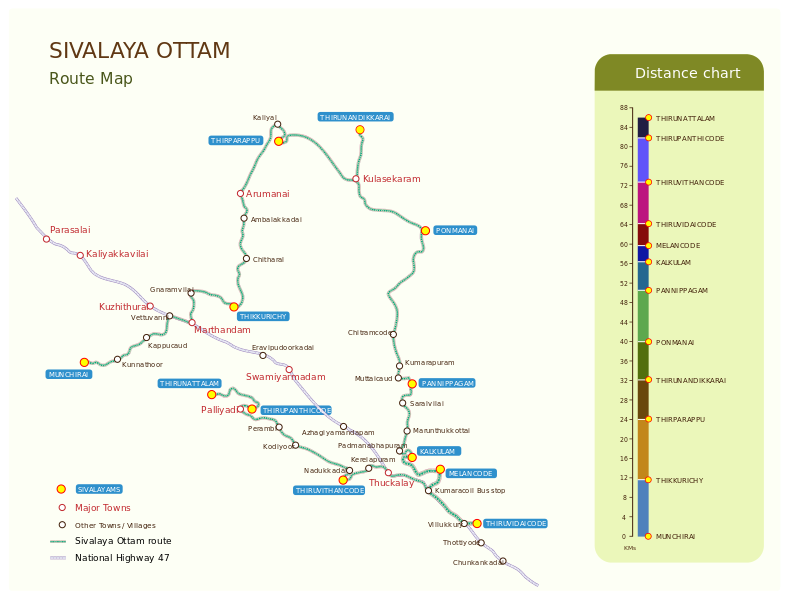
It is believed that Parashurama installed these Shivalingams at these places. He was the avatar of Vishnu, and the shishya of Sadashiva. The divine vibration from the Shivalingams in the various temples en route guides and gives the pilgrim-yatris the energy to keep going. A unique feature of the yatra is that the devotees clap their hands chanting ‘Govinda! Gopala!’ as they run to Shiva temples! This is to bring home the Truth that Hari and Hara are the twin manifestations of the one Supreme Being.
The devout yatris fast for a week before Shivaratri, taking only tender coconut water and nungu (palmyra fruit) during the day and tulsi water at night. The run itself has a lot of health benefits: Vāyu blocks our ears while running and so the indriyam śabdam comes to the rescue—that is why the pilgrims loudly chant ‘Govinda! Gopala!’ as they clap their hands. The sound throws out accumulated foul air from the lungs and also any noxious air given out by trees at night. The chant is however intermittent to allow for normal breathing. Running also ensures that the mind doesn’t wander from the thoughts of the deity, as happens while walking.
Nerthikkadan
The custom of Nerthikkadan (Tamil word for a religious vow), followed in the southern states, involves going to the abode of one’s ishta devata or kula devata. Devotees undertake padayatra covering long distances to kshetras such as Tirupati, Tiruthani, Pazhani, and other sthalams to fulfil their vows.
Since most temples in southern India are situated on riverbanks or seashore, or on hills or mountains, they abound with dense greenery containing many medicinal herbs and also have health-giving water bodies such as waterfalls and springs. Walking or climbing in such environs and bathing in the sacred water are in themselves therapeutic. Papanasam, Tirukkutralam, Ahobilam, Srisailam, Sabarimalai and many more kshetras are examples of these.
People often take a vow to trek to the abode of their ishta devata or kula devata (family deity) when any calamity or a chain of misfortunes occur in the family. They undertake the yatra, observing strict vratam and chanting the name of their beloved deity.
Many devotees of Murugan/Subrahmanya carry heavy loads of offerings like milk, fruits etc. on their heads (karagam) and kavadi (a pole on the shoulder balancing two baskets at each end with the offerings) and subject themselves to physical hardships like pricking their tongue, cheeks and back. All of these customs have multiple health benefits, including acupuncture!
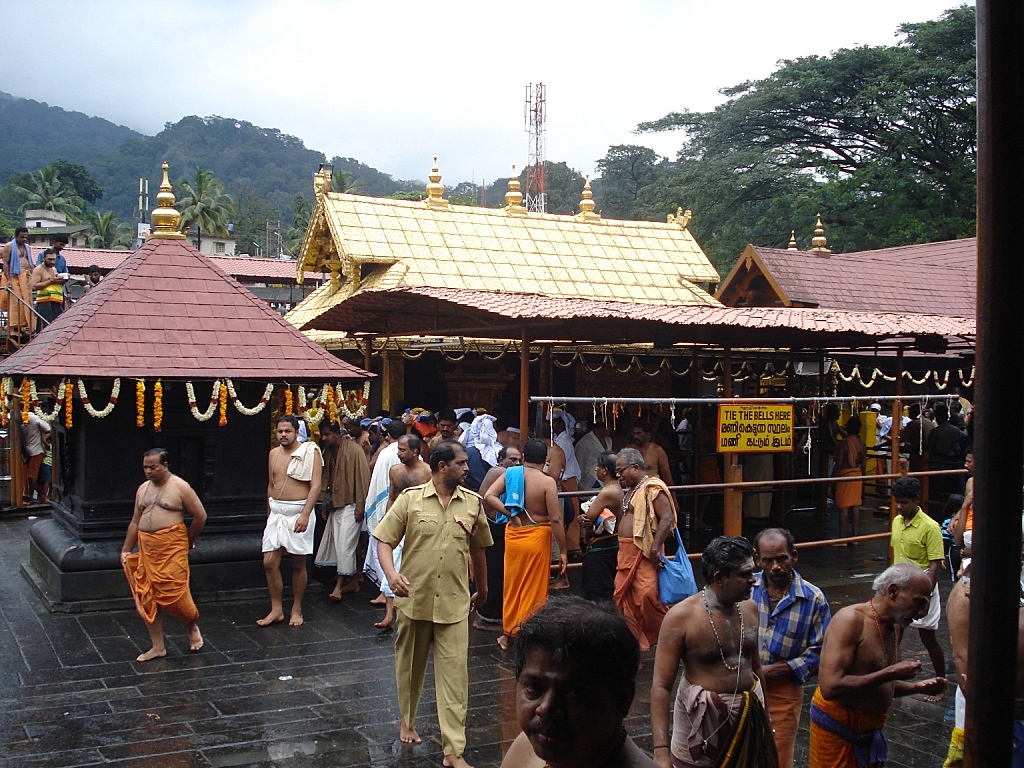
The Sabarimalai yatra, involves the observing of a strict regimen of vratam and abstinence for 41 days after conducting the mandala puja. The yatra ends on Makara Sankranti in Sabarimalai, where devotees bask in the sublime sight of Makara Jyoti. The mental and physical discipline as a result of strict vratam, give the spiritual energy and strength during the arduous yatra, thus rejuvenating them in mind and body.
Giri-Pradakshinam
Among the padayatras there is the unique giri pradakshinam/parikrama, the circumambulation around sacred hills and mountains in many regions of the country. Some of the well-known ones are Mount Kailash in the Himalayas, Brahmagiri in Triambakeshwar, Maharashtra, Govardhan parvat in Vrindavan and Tiruvannamalai in Tamil Nadu.
Among them, the parikrama of Kailash is the most arduous at 52 kms and high altitudes. Then there is the Narmada parikrama, a months-long yatra, that begins at the source of the river and goes along its route till the sea and comes back in a pradakshinam. The number of people doing it by foot today is minimal, but some devout people still do it.
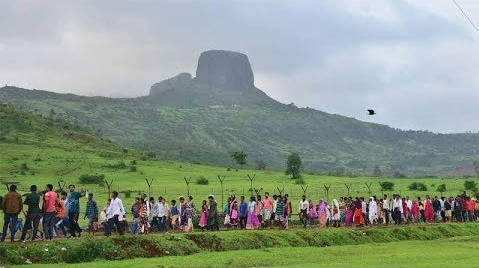
While other parikramas of sacred mountains are undertaken only on special festivals or seasons, the Giri pradakshinam in Tiruvannamalai is a daily affair, at least for many locals. Every purnima and pradosham day, devotees from all parts of the state throng the city to do pradakshinam of the sacred hill of Arunachala. Traffic is stopped completely.
However, the festival of Karthigai in the Tamil month of Karthik, when the Mahadeepam is lit on mount Arunachala (Triuvannamalai), is considered the most sacred day of all for giri-pradakshinam. Annadanam is performed at a large scale for those who do the 14 km pradakshinam. This is a classic combination of physical, mental and spiritual well-being, combined with seva.

Kanwar/Kavad Yatra
This yatra, undertaken by devotees in northern states of India, is akin to the kavadi carried by Murugan devotees in the south. It was originally associated with Baidyanath dham, one of the 12 Jyotirlinga sthalams in Deogarh, Jharkhand. From time immemorial, devotees have carried Gangajal for the abhishekam of Shiva, who is worshipped here as Vaidyanatha, the Lord of Physicians, praying for good health and relief from sicknesses.
According to the puranas, when halahal poison was thrown up during the sagar manthan, Shiva had consumed it to save the universe and all living beings from the poison. His neck turned blue and His whole being was engulfed with burning heat. Devi Parvati bathed Him with Gangajal to cool the effect of the poison. This is how the belief came about that anyone who bathed Baidyanath with Gangajal would be cured of all sicknesses.
Devotees carry Gangajal from the nearest place where Ganga flows—110 kms at Sultanganj, in two pots at the end of a kanvad. The devouts do it as a religious vow, observing strict vratam by abstaining from salt and other tasty foods. They walk with the water for the abhishekam, to the accompaniment of ‘Bol Bum!’ ‘Bhole Bum!’ Even their speech is interspersed with ‘Bol Bum’ and they address each other as Bum.
Just as devotees run during Shivalaya Ottam, the Dak Bums run all the way from Sultanganj to Deogarh in one day, starting on Sunday to end it on Monday—Shravan Somvar. While climbing the hill they chant ‘Bol Bum’ joyfully, for the Lord not only cures them from sicknesses but also fulfils all their wishes.
If you are wondering how the devotees get Gangajal when the river flows so far away, there is the belief that all rivers are forms of the Ganga flowing from the locks of Shiva as she flows down the country. Not only rivers, but water from any waterbody is considered Gangajal, which is why during rituals the jal offered to the deity is called Ganga, regardless of where it is taken from.
Kavaris are aware of this fact, the knowledge having passed down over generations from our ancestors. So, they collect water from any river, tank or pond on their way to visit their beloved Baidyanath ji with the faith that it is Gangajal!
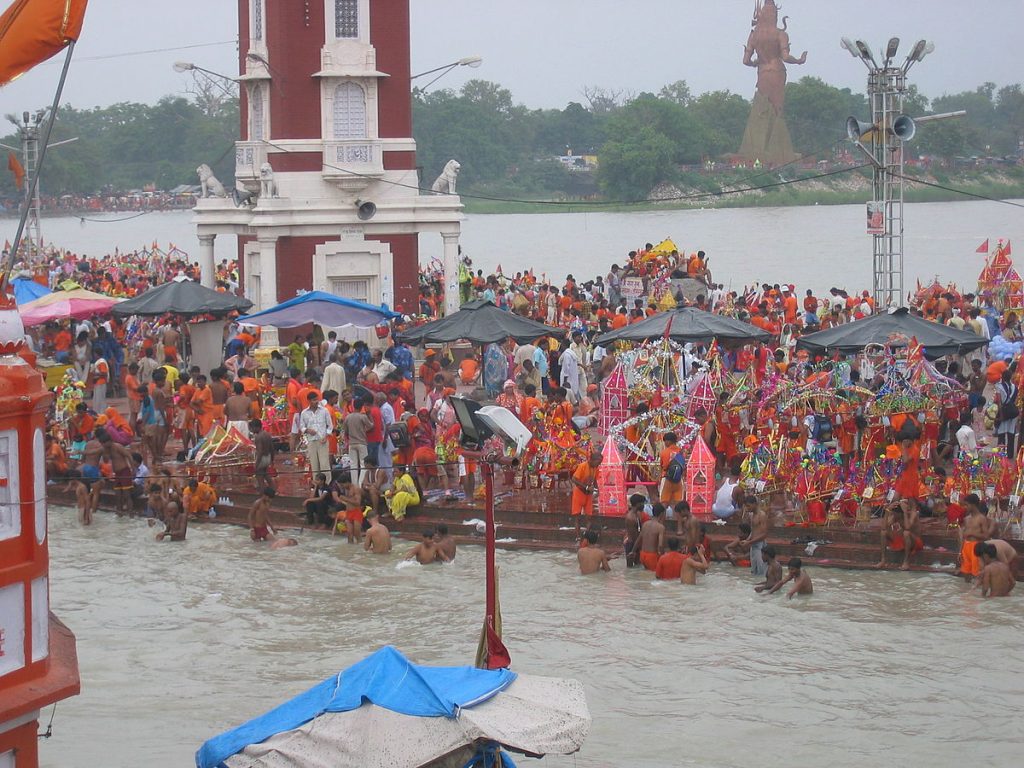
Over time, the kavad yatra has changed, with kanvaris making the yatra to Ganga in the Haridwar, carrying back the water in their kanvads to the Shiva temples in their own towns and villages to do abhishekam to the deity. However, the original kanvad yatra was to Baidynath Dham and it was directly connected to health and wellness.
There are many more unique regional yatras in our vast country. I have only given a few here. One thing common to most of these is that they begin and end on a specific tithi or auspicious day. The Warkaris reach Pandharpur on Ashadhi Ekadashi, the Murugan devotees reach the abode of the deity on Thaippusam or Vaikasi Vishakham, the Sabarimalai yatris reach on Makara Sankaranti and the Shivalaya Ottam ends before sunrise on Shivaratri.
Yatras are meant to signify that any physical exercise like walking, jogging and fasting will enhance the wholesome benefits only when combined with a spiritual intent.



